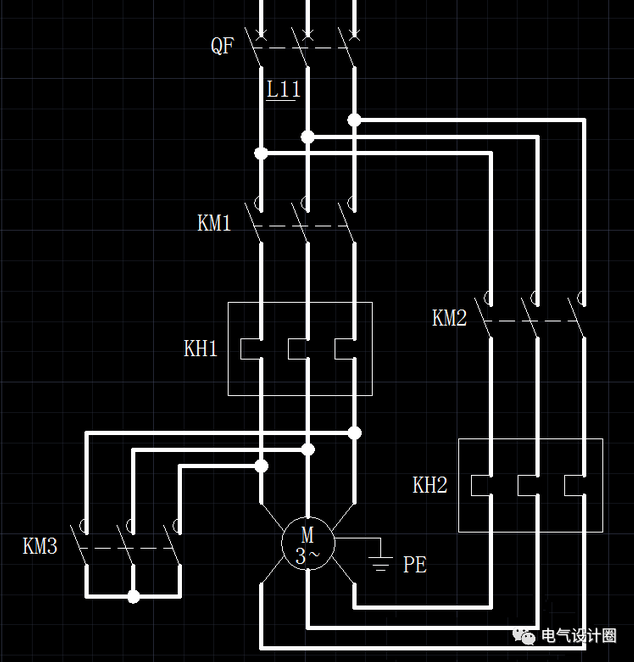Alarm parameter inspection method

〖Example 1〗A certain inverter is faulty and cannot run and the LED displays "UV" (abbreviation for under voltage). The alarm in the manual is DC bus undervoltage. Because the control circuit power of this type of inverter is not taken from the DC bus, but the control power is separately rectified from the AC input terminal through the transformer. Therefore, it is judged that the alarm should be real. So check from the power supply, the input power supply voltage is correct, and the filter capacitor voltage is 0 volts. Since the short-circuit contactor of the charging resistor does not operate, it has nothing to do with the rectifier bridge. The scope of the fault was narrowed down to the charging resistor. After the power was cut off, a multimeter was used to detect that the charging resistor was broken. Replacing the resistor fixed it in no time.
〖Example 2〗After a 11Kw inverter has been used for more than 3 years, it occasionally displays "AL5" (abbreviation of alarm 5) when it is powered on. The manual says that the CPU is disturbed. After many observations, it was found that it occurred when the charging resistor short-circuited the contactor. It is suspected that it is the interference caused by the contactor. After adding the RC filter to the control pin, the fault no longer occurs.
〖Example 3〗A Fuji 3.7 kW inverter suddenly shuts down with OC3 (overcurrent during constant speed) alarm during field operation, and shuts down with OC1 (overcurrent during acceleration) after power-off and re-power on. I first removed the wires from U, V, W to the motor, and used a multimeter to measure the infinite resistance between U, V, and W. After no-load operation, the inverter did not alarm, and the output voltage was normal. It can be preliminarily concluded that there is no problem with the inverter. It turned out that there was a joint in the middle of the motor cable, which was covered with a wooden plate in the distribution channel of the pit. The insulating tape was aging, and the factory was cleaning and water was entering, causing the output short circuit.
〖Example 4〗A frequency converter displays "5", and "5" in the manual means DC overvoltage. The voltage value is sampled by the DC bus (DC about 530V) and then isolated by the optocoupler after the voltage is divided. When the voltage exceeds a certain threshold, the optocoupler acts to give the processor a high level. For overvoltage alarm, we can check whether the resistance has changed value, whether there is a short circuit in the optocoupler, etc.
From the above examples, it is not difficult to see how important the alarm prompt of the frequency converter is to solve the problem, and it reminds you of the correct direction to deal with the problem.





